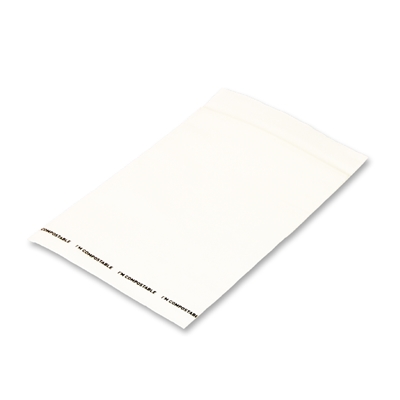Gripbag compostable
70 mm x 100 mm
Gripbag compostable
70 mm x 100 mm


Click here for more information about the label.
If you have any questions about the Eco Label or if you want a tailor-made solution, please contact one of our specialists.
This is our first fully compostable grip bag. Made entirely from PLA. PLA is a 100% bio based and biodegradable plastic made from corn and sugar cane.
This grip bag can be disposed of with household organic waste and will compost in industrial composting installations. The ink used for this packaging is also certified compostable.
The resealable grip closure is also made entirely from PLA.
During the production of PLA we see a reduction of 60% CO2 emissions and a reduction of 50% non-renewable raw materials when we compare this with conventional plastics such as PET (NatureWorks LCA, 2014).
| Quantity | Ex. VAT | Incl. VAT (7%) |
|---|---|---|
| 1.000 | € 78,01 | € 83,18 |
| 3.000 | € 66,33 | € 70,73 |
| 5.000 | € 59,39 | € 63,33 |
| 10.000 | € 56,28 | € 60,01 |
| 25.000 | € 51,88 | € 55,32 |
| 50.000 | € 49,44 | € 52,72 |
Price per 1.000 pieces



 +31 (0)320 277 907
+31 (0)320 277 907
 info@daklapack.com
info@daklapack.com
 5-10 Days delivery time
5-10 Days delivery time





 WHAT YOU NEED TO KNOW BEFORE PLACING YOUR ORDER
WHAT YOU NEED TO KNOW BEFORE PLACING YOUR ORDER

